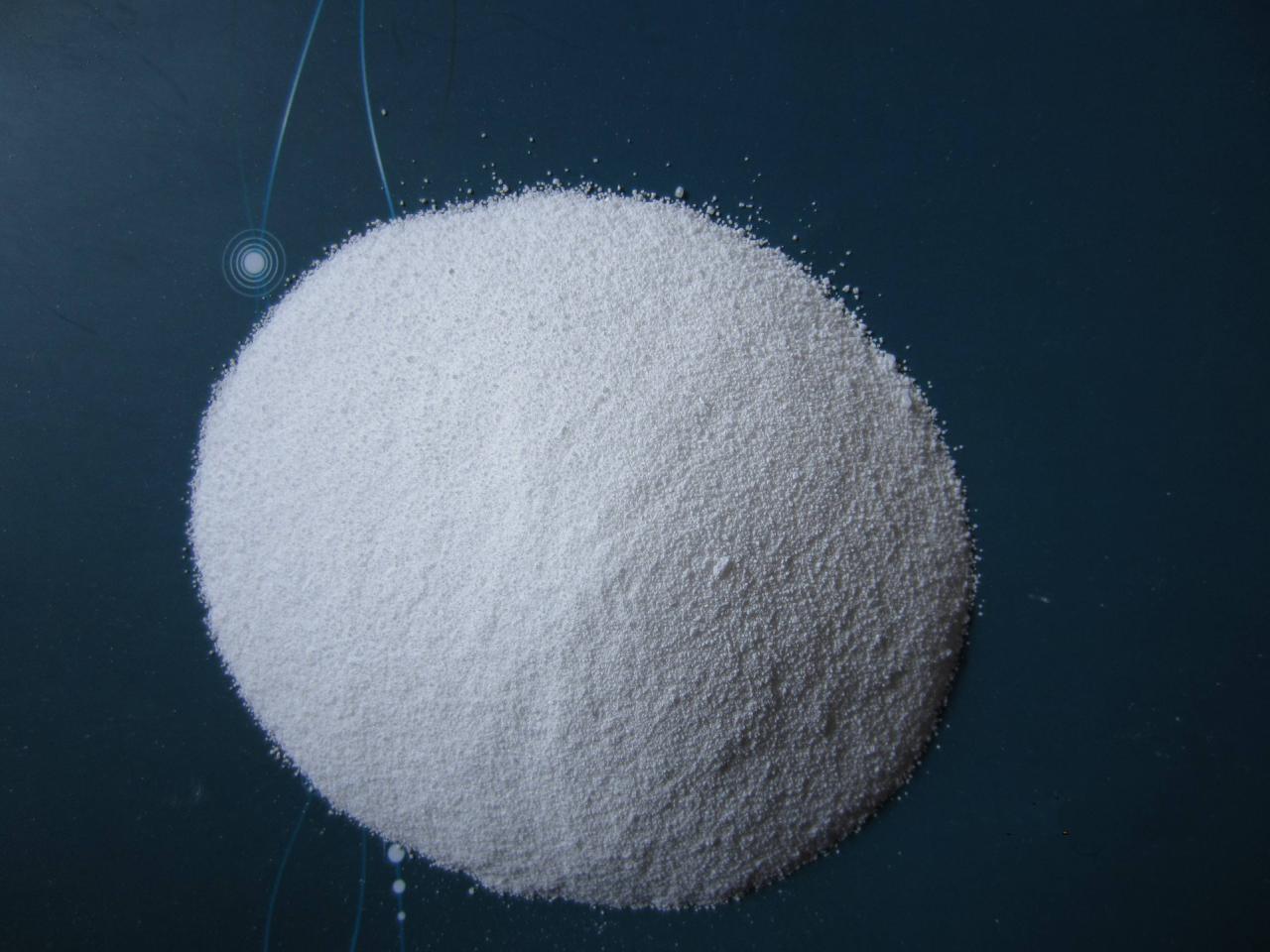Antioxidants are food additives that can prevent, inhibit or delay food oxidation to improve food stability and extend storage period. Antioxidants are called antioxidants. Oxidation affects all oil-containing foods. Whether it is natural animal or vegetable fats, or added oils or fried foods, they can cause rancidity, thereby reducing food quality and nutritional value, and even producing harmful substances and causing food poisoning.
Antioxidants are mainly divided into two categories: oil-soluble and water-soluble. Oil-soluble antioxidants include: di-tert-butyl-p-cresol (antioxidant BHT), tert-butyl-p-hydroxyanisole (BHA), propyl gallate (PG), vitamin E (Ve is tocopherol), etc. Water-soluble antioxidants mainly include vitamin C series products.

Main varieties of antioxidants
Di-tert-butyl-p-cresol
Di-tert-butyl-p-cresol. Also known as 2.6-di-tert-butylcresol, referred to as BHT, the structural formula is:
The molecular formula is C15H24O. The molecular weight is 220.36. It is a white crystalline powder, insoluble in water and glycerin, soluble in ethanol, grease and organic solvents; stable to heat and light ;Does not discolor when exposed to metal ions. Melting point 69.7℃, boiling point 265℃.
BHT antioxidant is a strong antioxidant with good heat resistance, no specific odor and low price. However, the toxicity is relatively high. It is a cheap antioxidant widely used in aquatic product processing. It is also the main food antioxidant currently used in my country. It also has food-grade production capacity and a certain amount is exported. BHT is used for oils and fried foods. Food, dried fish products, biscuit products, etc. It is often used together with BHA, and uses citric acid or other organic acids as synergists.
BHT is produced by using p-cresol and isobutanol as raw materials, using concentrated acid or phosphoric acid as catalyst, and reacting under pressure.
ADI (old allowable intake) is 0~0. 125mg/kg

 微信扫一扫打赏
微信扫一扫打赏

